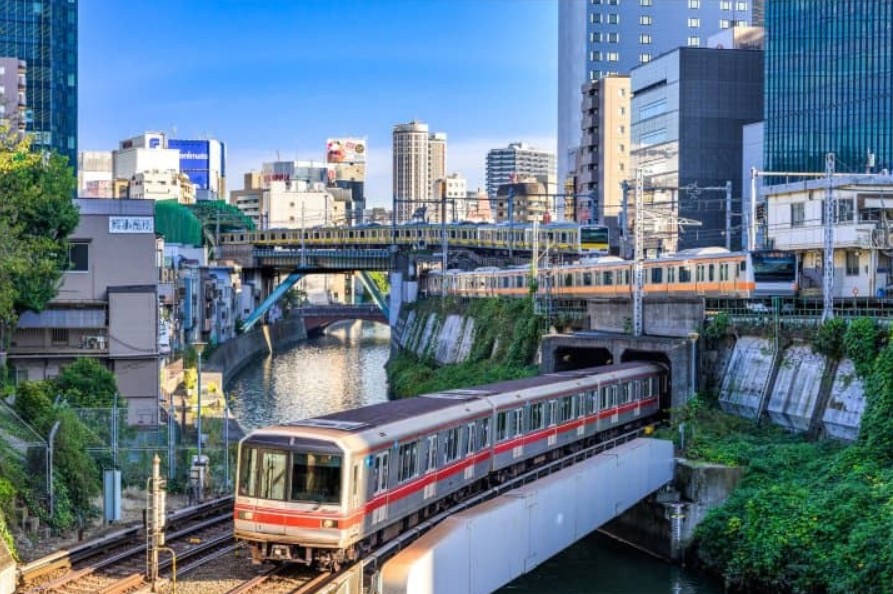
Most people think of trains as a way to get around, but they are also a vital part of the world economy. For centuries, trains have made people’s lives easier and helped companies reach new milestones. This post will discuss how trains are built and what their purpose is.
How Trains Work
Train systems are used to move goods and passengers around. Trains can be found in many different places including the United States, Europe, and Australia. In order for trains to move properly, a solid railway system is needed. This system consists of a network of tracks that connect different parts of a country or continent. The tracks generally run east-west or north-south.
How Trains Are Built
Train construction began in the 1800s, and they’ve continued to evolve over the years. Today, there are a variety of types of trains that are used in different parts of the world. Some trains use steam locomotives to move goods and passengers around. These locomotives are unique because they use combustible material for power. Fireless locomotives are also becoming popular: As long as the operator can get good compressed air service, piston engines tend to be more reliable than steam engines.
Train carriages are the main part of a train. They are used to move goods and passengers around, and they can also serve other purposes such as carrying water or coal. The different types of train carriages are called classes. There are usually four main classes of train cars: first, second, third, and fourth.
Why Trains Are Still Relevant
When people hear anything about trains or railway transport, they might picture an old-timey, faded image from the distant past. However, trains are more relevant than they’ve ever been due to the rise of online commerce. The world won’t move on from trains any time soon, so it’s good to know a thing or two about them.
